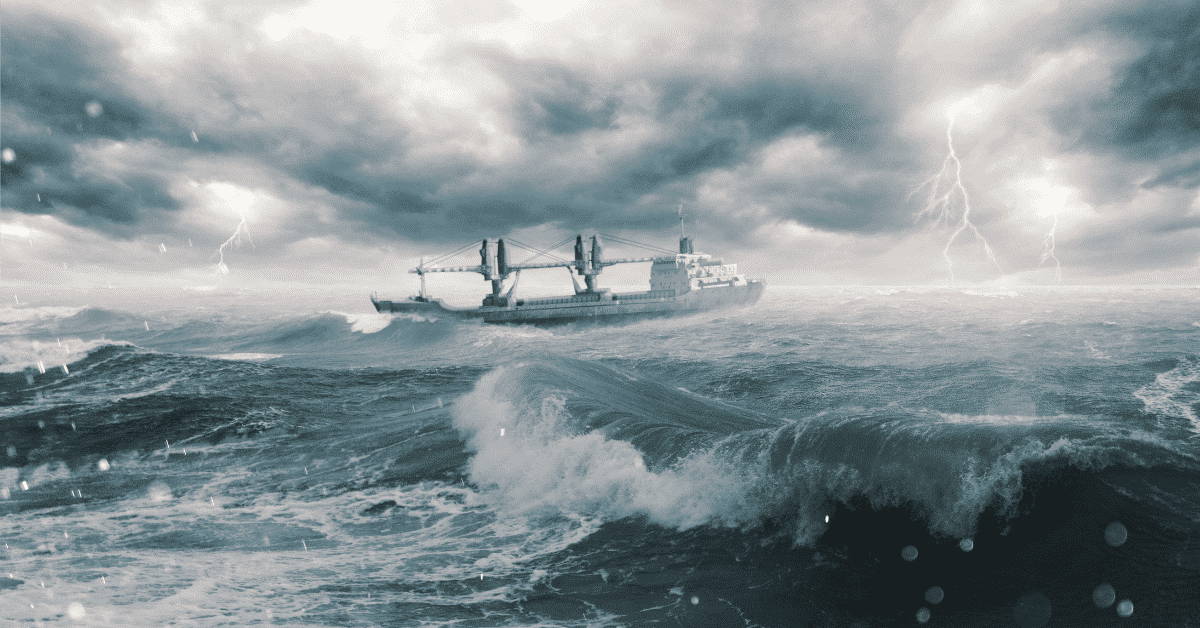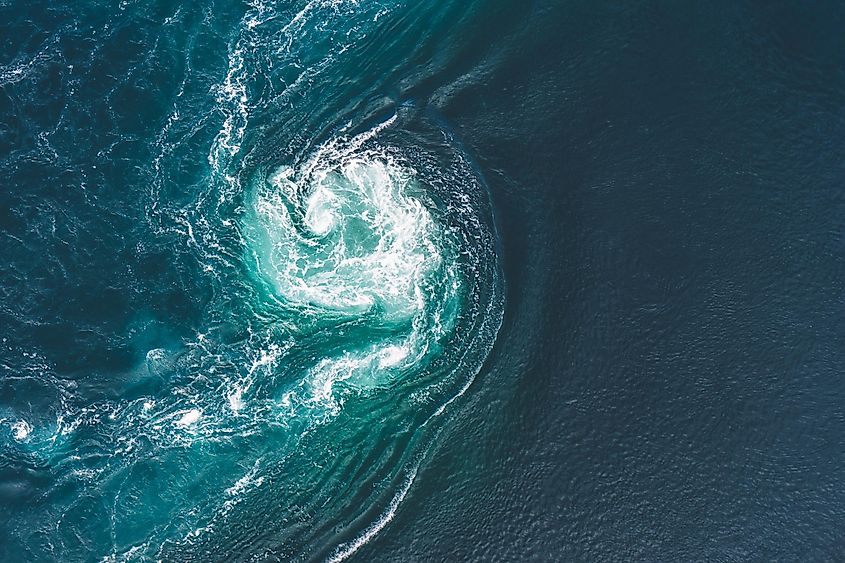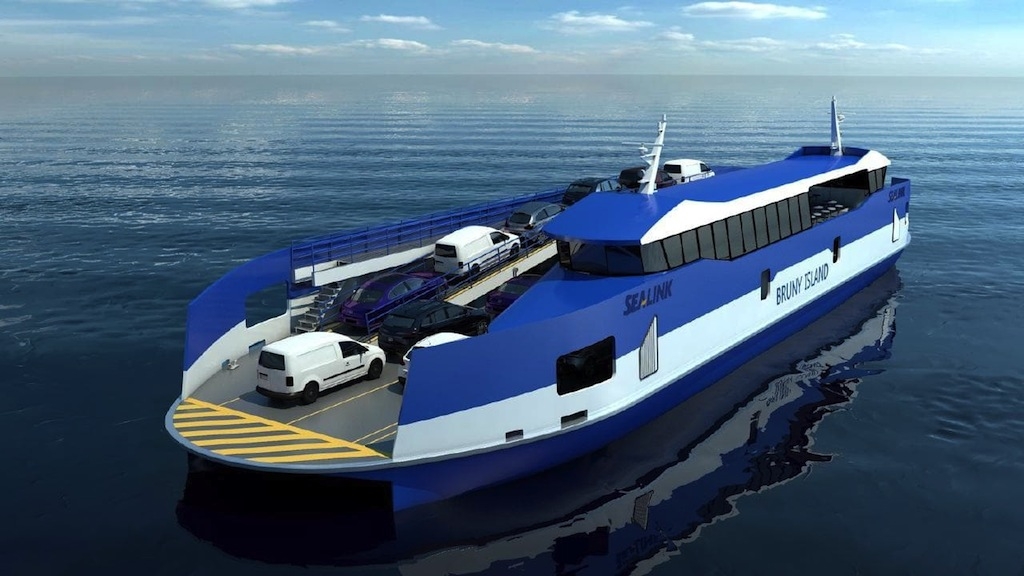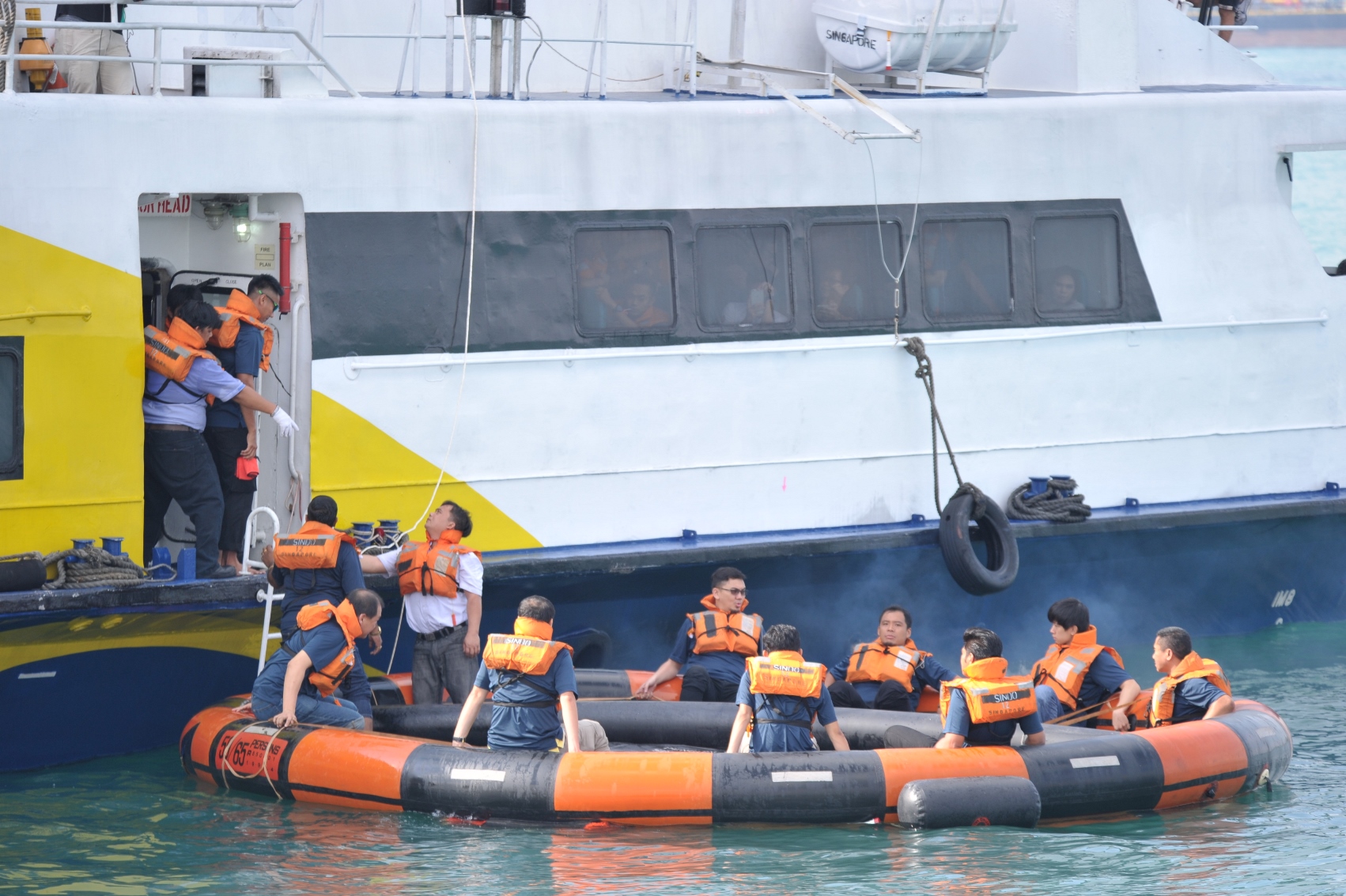#58 Navigating the Storm: Challenges and Strategies in Rough Seas
Introduction:
The vast expanse of the open sea is a realm of both beauty and peril. Sailors and mariners often find themselves facing the unpredictable forces of rough weather, a formidable challenge that tests their skills and courage. In this article, we will explore the impact of rough weathers in the sea and the strategies employed by seafarers to navigate safely through these turbulent conditions.
Understanding Rough Weather at Sea:
Rough weathers in the sea encompass a variety of challenging conditions, including storms, high waves, strong winds, and adverse currents. These elements can be particularly daunting for ships and vessels, posing risks to both crew and cargo. The dynamics of rough seas are influenced by factors such as atmospheric pressure, temperature gradients, and the geography of the waterbody.
Challenges Faced by Seafarers:
Violent Storms: Storms at sea can be intense and violent, with towering waves and ferocious winds. These conditions make navigation difficult and increase the likelihood of accidents, such as capsizing or ship damage.
High Waves: The height and frequency of waves during rough weather can be a significant threat. Ships must contend with the force of these waves, which can lead to instability and structural stress.
Strong Winds: Powerful winds not only affect a ship's speed and course but also contribute to the formation of large waves. Maneuvering through strong winds requires skilled seamanship and precision.
Adverse Currents: Currents influenced by rough weather can create additional challenges for navigation. They may impact a vessel's speed and direction, requiring constant adjustments by the crew.
Strategies for Navigating Rough Seas:
Weather Forecasting: Advances in meteorological technology allow seafarers to access accurate and timely weather forecasts. This information is crucial for planning routes and making informed decisions to avoid the most severe conditions.
Seaworthy Vessel Design: Modern ships are designed to withstand rough weather conditions. Features such as reinforced hulls, stabilizers, and advanced navigation systems enhance a vessel's ability to navigate safely through turbulent seas.
Skillful Seamanship: Experienced sailors rely on their skills and expertise to navigate through rough weather. Maneuvering techniques, proper use of sails, and effective communication among the crew are vital components of successful navigation in challenging conditions.
Emergency Preparedness: Every vessel is equipped with safety protocols and emergency procedures. Crew members undergo training to respond efficiently to emergencies, ensuring the safety of both the crew and the ship.
Conclusion:
Rough weathers in the sea pose formidable challenges to seafarers, requiring a combination of advanced technology, strategic planning, and skillful seamanship. As technology continues to advance, the ability to predict and navigate through rough seas improves, but the unpredictable nature of the ocean reminds us of the indomitable spirit and courage of those who traverse its vast and often tumultuous expanses.









Comments
Post a Comment